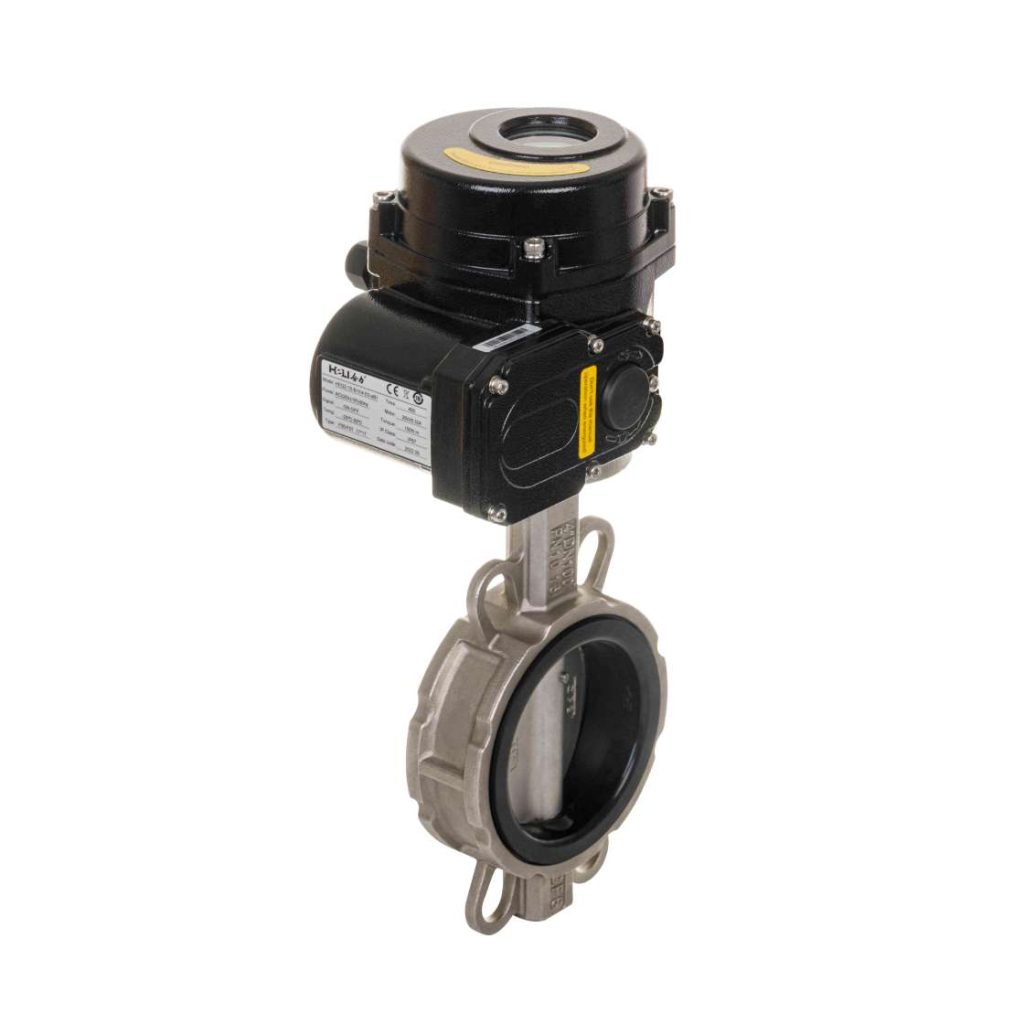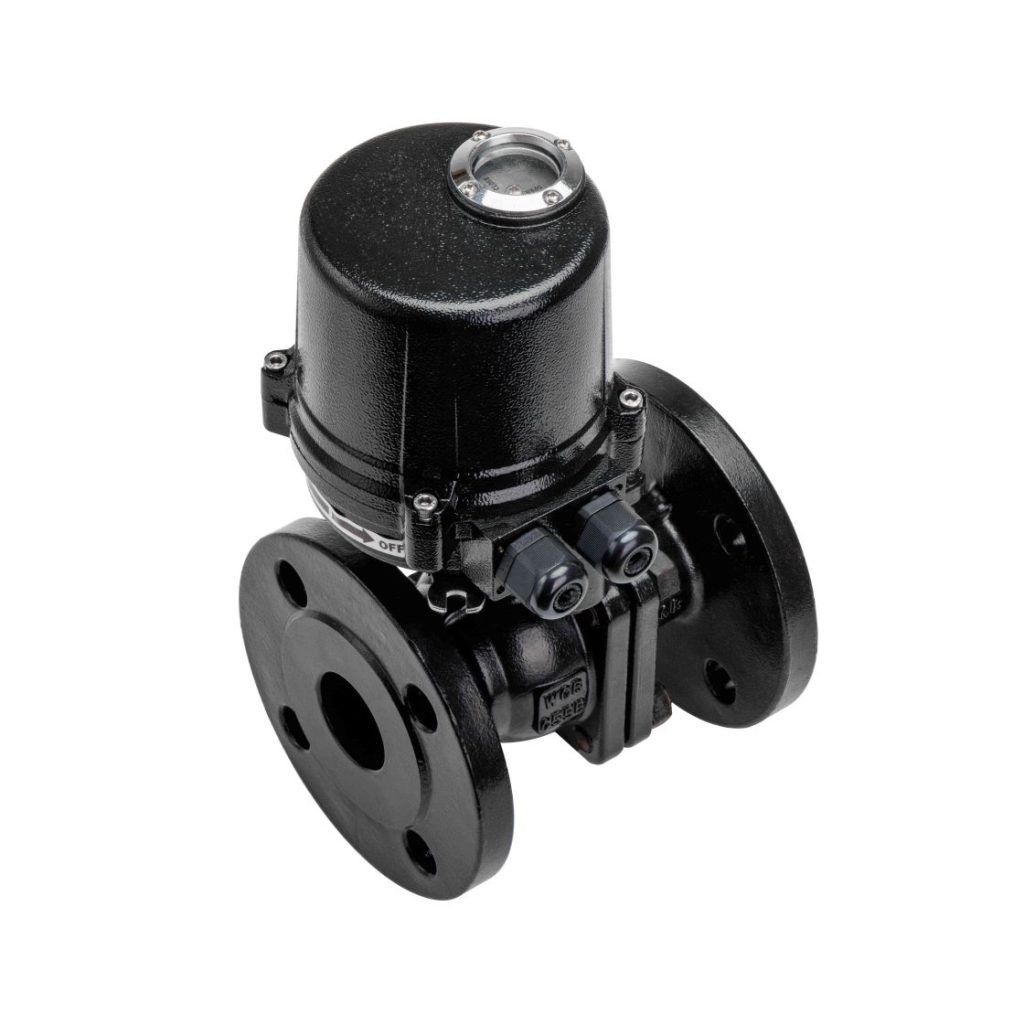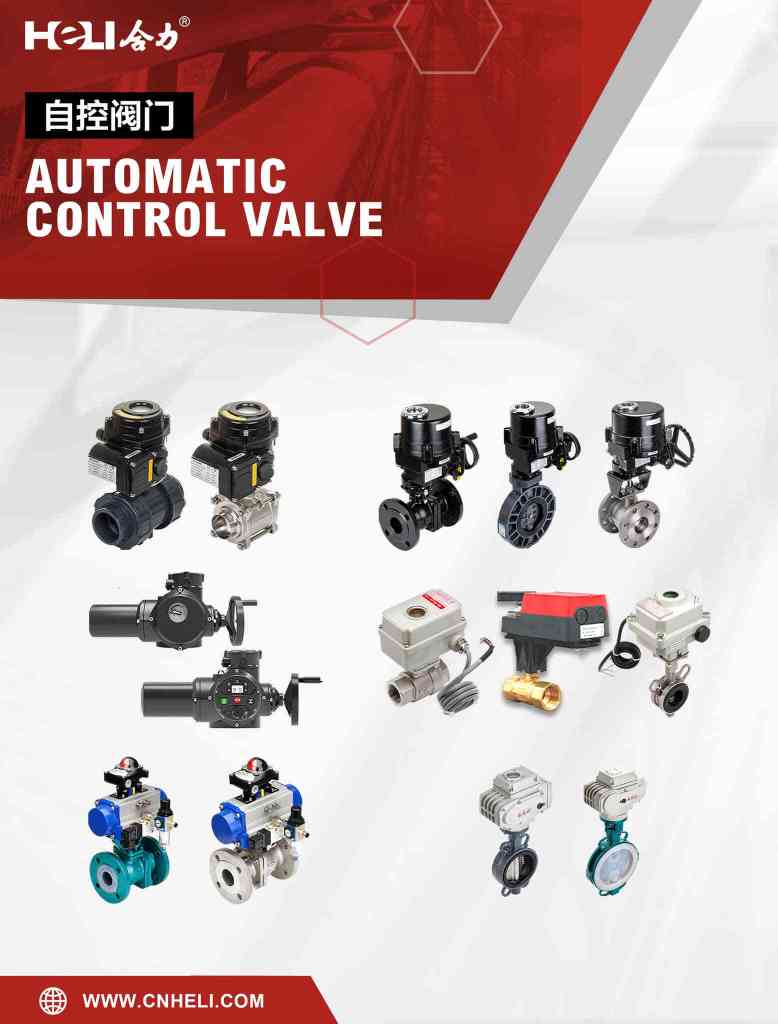Electric valves are pivotal components in modern automation systems, offering enhanced control and precision in the regulation of fluid and gas flow. These valves, driven by electric actuators, are commonly used across industries to facilitate automatic control, reduce human intervention, and improve overall operational efficiency. As industries increasingly move toward automation, electric valves are becoming indispensable in ensuring the seamless operation of complex processes.

What is an Electric Valve?

An electric valve is a type of valve that uses an electric actuator to control the flow of liquids, gases, or slurries through a pipe or vessel. The actuator, which typically consists of an electric motor, converts electrical energy into mechanical motion to operate the valve mechanism. The valve itself is usually part of a larger system, where it can be integrated with controllers and sensors to achieve precise control of the fluid flow in response to varying system requirements. Electric valves come in a wide range of designs and are adaptable to many types of processes, from simple on-off control to complex proportional flow regulation. The two primary functions of electric valves are to either start/stop the flow of fluids or to regulate the flow rate or pressure based on set parameters.
